A fearsome warrior, Grace O’Malley led armies, traded at sea and captained pirate ships—a woman truly unique in her time.
Born in 1530, at Belcare Castle near Westport Co Mayo, Grace O’Malley, (Gráinne Ní Mháille in Irish, also known as Granuaile) was the daughter of a chieftain, Eoghan Dubhdara (Black Oak) O’Máille, and Margaret or Maeve Ní Mháille. A chieftain was the leader of a clan under the ancient Irish Brehon Law, but during Grace’s lifetime, the English Tudor conquest of Ireland saw the end of these old traditions, and the native Irish people lost many of their lands, castles and titles.
O’Malley clan
The O’Malley clan had risen to power as a great seafaring family on the west coast of Ireland in the 14th century. For over 300 years they had dominated the southern shore of Clew Bay in Co Mayo, and the Barony of Murrisk at the centre of the old Irish kingdom known as Umhall.

A view out across Clew Bay, County Mayo.
The family, whose coat of arms bore the Latin motto ‘Terra Marique Putens’ (‘valiant by sea and land’), traded with France and Spain and ‘taxed’ all boats who fished and traded off their coasts, demanding a toll or part of the cargo. Their castles along the coastline all faced the sea, to protect their territory.
Grace or Gráinne was often known as Gráinne Mhaol—maol is Irish for bald—and the nickname allegedly stems from her chopping off her hair as a young girl, in order to disguise herself as a boy and sail on board her father’s ship. Of course, it was not the done thing for a girl to do in those days, but Grace O’Malley was a strong character.
However, despite the Brehon Laws of the time giving women many rights and statuses, Grace was still married off at the tender age of 15, to Donal O'Flaherty, of the Clan O’Flaherty in Connemara. The couple lived at Bunowen Castle on the coast near Ballyconneely, Co. Galway and had three children: Owen (Eoghan), Margaret (Méadhbh) and Murrough (Murchadh).
By this time, Elizabeth I had ascended to the throne in England and was continuing a policy of surrender and regrant with regard to Irish lands—in other words, chieftains had to surrender their lands to the English crown and if they pledged allegiance, the lands would be regranted to them. However, it led to much inter-tribal warfare and many divisions.
When Gráinne was 23, her husband Donal was killed defending his castle on Lough Corrib. Due to his bravery, the castle came to be known as An Cullagh (The Cock). However, the invaders thought they would easily gain control of the castle after Donal’s death; they didn’t reckon on Grace’s skills in battle, and her skill in defending it quickly led to it being renamed Hen’s Castle (Caisleán-an-Circa), the name it retains to this day.
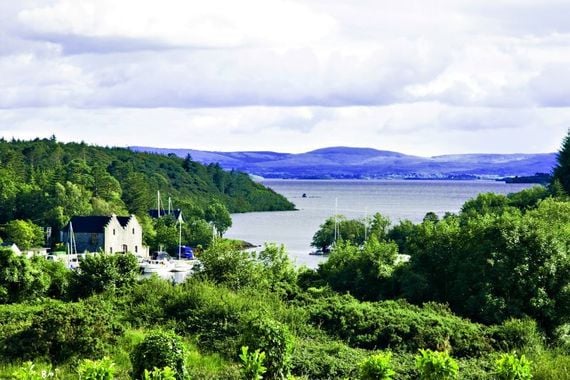
Lough Corrib, County Mayo.
Clare Island
Despite the relative status accorded to women under the Gaelic laws of the time, and the fact that she was definitely the more powerful one of the couple, Grace did not inherit her late husband’s title of a chieftain, and her husband’s cousin succeeded him. Grace went home to her family castle on Clare Island, bringing with her a good number of the O’Flaherty warriors who wished to continue serving under her command. It was from this excellent strategic base that she established her reputation as a pirate, with a flotilla of three galley ships and a number of smaller boats, and an excellent view of all the sea traffic passing by Clew Bay. She assembled a faithful army of 200 men, many of whom had abandoned their own clans to accept her leadership.
Her plunders and attacks made her feared up and down the coast of Ireland and as far afield as the outer Scottish islands, which she was also known to raid. Despite living by her own rules, her upbringing was steeped in the Brehon traditions, such as offering food and shelter to anyone who calls to your door. It is said that once, while provisioning at the port of Howth near Dublin, she sought hospitality at the castle and was turned away at the gate—the Earl of Howth was at dinner and did not wish to be disturbed. Enraged, she kidnapped the Earl’s grandson and brought him back to Clew Bay. Her ransom demand was simple: that the gates of Howth Castle would always be kept open and an extra place always set at the dinner table.
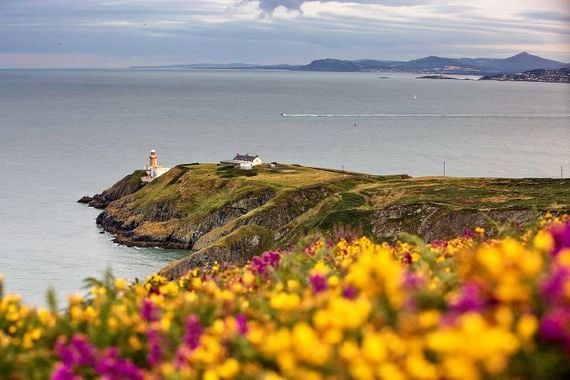
Howth Head, Dublin.
Strategic marriage
In 1567, in her late thirties, she married again, this time to Richard ‘The Iron’ Bourke. They married, according to the Brehon tradition of a trial marriage, 'for one year certain’. Although this time she chose her husband, it may have been for the situation of his castle, Rockfleet, more than for love.
The marriage bore one son, Tiobóid na Long, ‘Toby of the Ships’, born around 1567. It’s said that she gave birth to the child at sea, and soon after her ship was boarded by Algerian pirates—she is said to have rallied to the deck, wrapped in blankets to fight them off with her crew.
She was said to have ended her marriage with Richard by calling out a window, ‘I dismiss you’, however according to English documents from the time, they still appeared to be married. After the divorce, Richard remained an ally and Grace kept the castle, Rockfleet Castle.
Her property portfolio included several castles—Rockfleet in Clew Bay, Doona on Blacksod, Kildavnet on Achill Island and the O’Malley Castle on Clare Island. She decamped to Clare Island in summer and this was not only her favorite home but strategically placed at the center her seaboard kingdom. Legend has it that she would feed the mooring ropes of her galley through her bedroom window, and tie them to her bed.
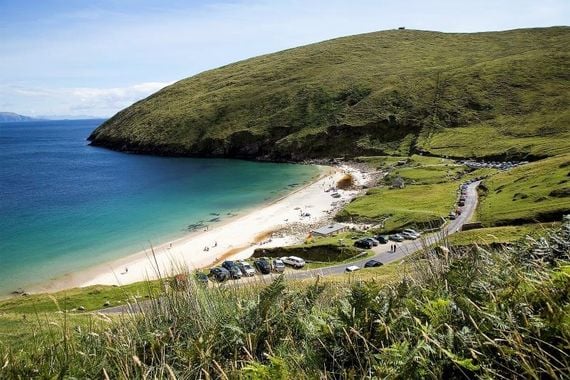
Keem Bay on Achill Island, County Mayo.
Tougher times
In 1577, on a plundering voyage south to Limerick, she was captured and jailed, first in Limerick, and then transferred across to Dublin Castle on the other side of the country, which was normally reserved for the most notable prisoners. Very few inmates were ever released from there, but by early 1579 she was a free woman again.
In 1581, Richard was bestowed with the McWilliamship of Mayo title, which was the most powerful title of the time—it should have been his by birthright, but it had been a long battle to access it under English rule. Sadly he didn’t live long to enjoy it, and passed away in 1583.
The following years were difficult for Grace and her followers. Sir Richard Bingham, the English governor of the province of Connacht, had her in his sights. At one point she was close to being executed but escaped. However, her eldest son was murdered. There were years of battling, amidst a tense atmosphere, as rumors of a Spanish Armada fleet abounded—it was expected that the Catholic army of Spain would use Ireland as a back door to invade England. By 1592, English warships had come to Clew Bay to head them off, and Grace’s sheltered harbor base was no longer her own. In her sixties at this stage, she had already well outlived the life expectancy for women of the day, despite her dangerous lifestyle.
Queen Elizabeth I
In 1593, Grace set out on a historic journey, sailing up the Thames to gain an audience with Queen Elizabeth I at Greenwich Palace. It is said that when they met, Grace refused to bow before Queen Elizabeth because she considered herself a Queen and not a subject of the Queen of England. The meeting between the two women was conducted in Latin, and in it Grace looked for compassion from the Queen, to release Grace’s son Toby and her half-brother, Dónal, from prison. Although of an age to retire, after the successful negotiations with Elizabeth I, she commenced rebuilding her fleet and continued to trade at sea into her final years. Bingham, further enraged that Grace had gone behind his back and been entertained at court, continued in his vendetta against her and her family as long as he remained in Ireland.
Despite her life full of danger and warfare, Granuaile lived to a great age. She died in 1603 at Rockfleet Castle and was buried in the Cistercian Abbey on Clare Island.
Iconic
In an author’s note to the 40th-anniversary edition of her seminal biography of Grace O’Malley, Anne Chambers, writes, “International focus on gender equality, the ‘Me Too’ movement and other feminist campaigns, makes Grace O’Malley’s life, albeit lived over four hundred years ago, resonate even more today. She shines as an inspirational beacon of what women everywhere can achieve, even in the most demanding and difficult environments.
As ageism in society, particularly attitudes to older women, comes under greater scrutiny today, that she retained her status as a woman of power and remained actively involved right to the end of her long life undoubtedly makes Grace O’Malley a symbol of positive aging and through her example the realization that age need not be a terminus—merely another port-of-call.
* This article was originally published in 2022, it was updated in Aug 2025.
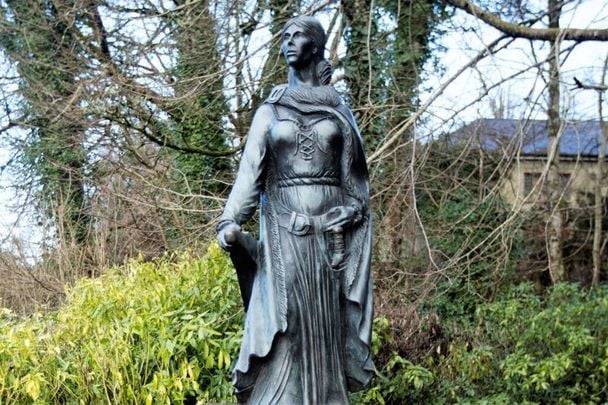
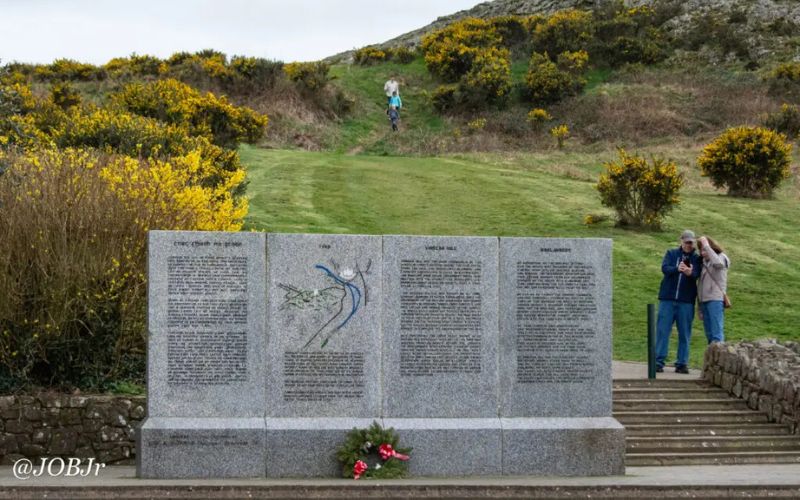


Comments